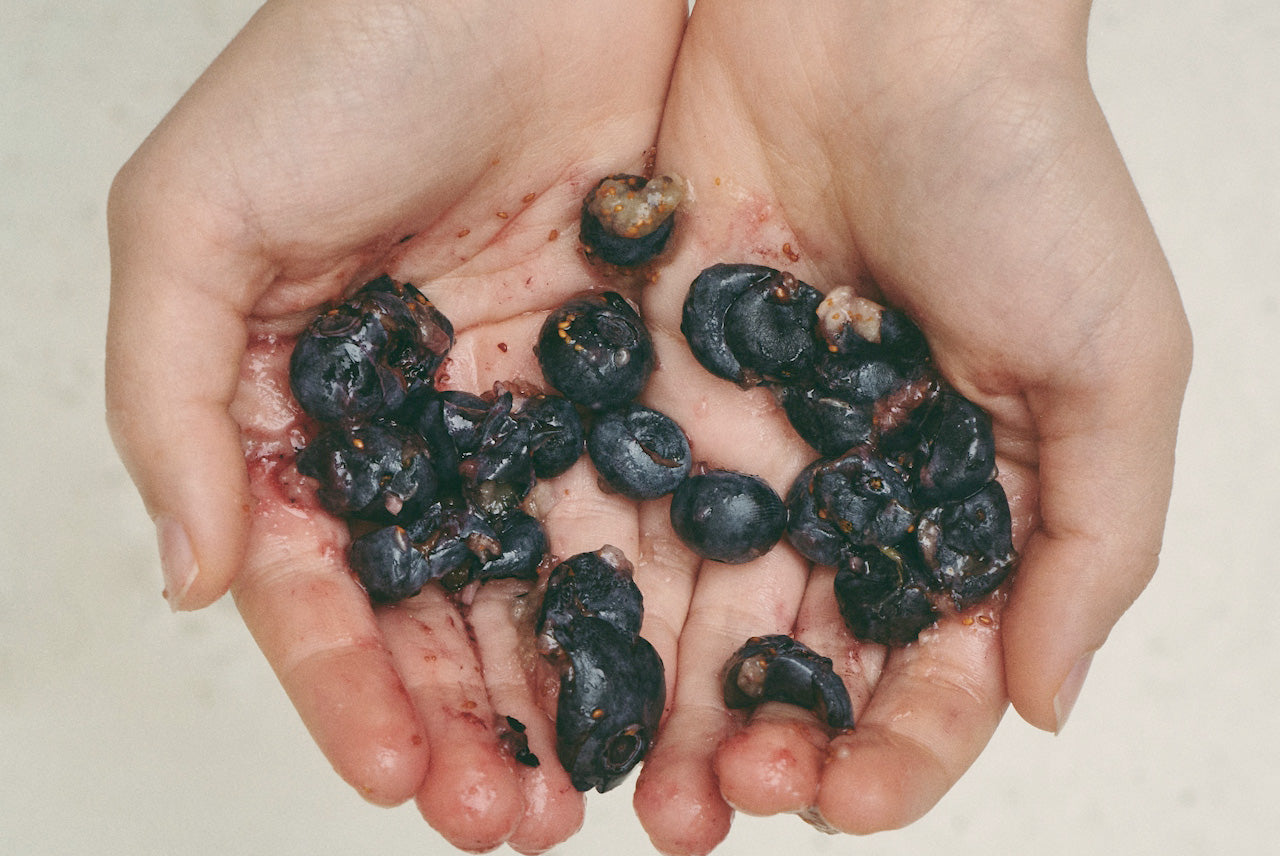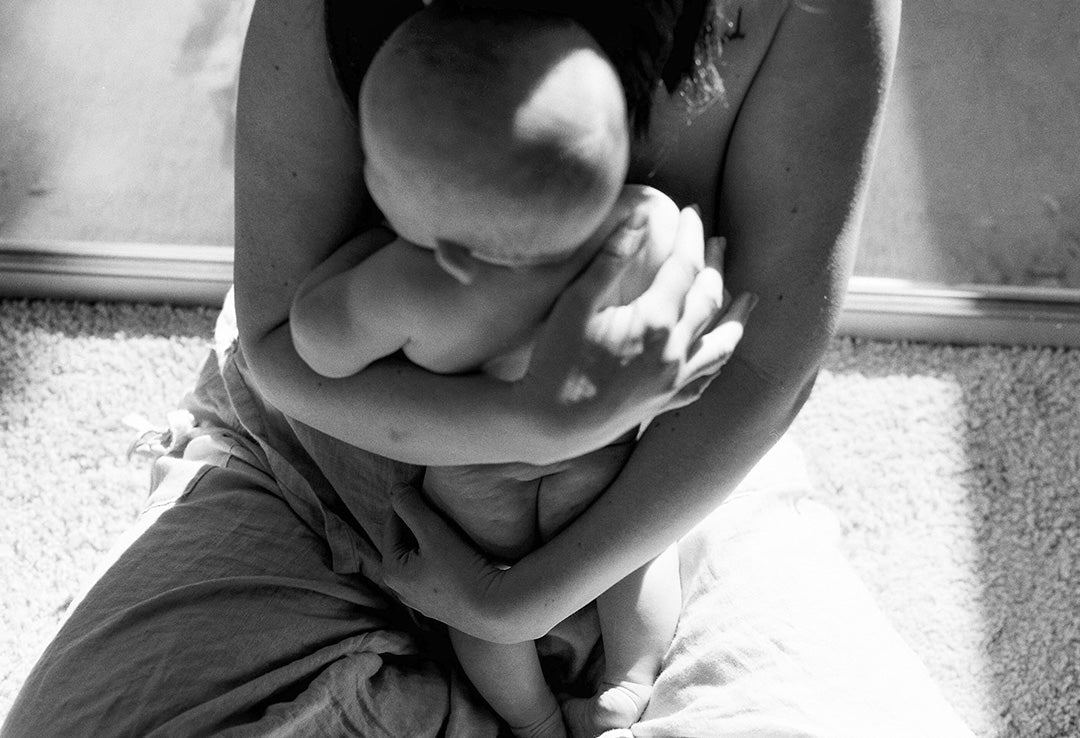Acne, PMS & Bloating. What do they all have in common?
They might seem like totally different symptoms, but if your skin’s breaking out, your mood’s tanking, and your jeans suddenly feel tight right before your period, there’s a good chance your liver is asking for a little extra love.
When it comes to hormone balance, your liver plays a major backstage role. It’s the quiet multitasker in charge of detoxifying estrogen and other hormones, clearing waste, and keeping things flowing through the gut. When your liver gets sluggish or overworked, those hormones can build up or recirculate, and that’s when symptoms like acne, PMS, bloating, and fatigue tend to appear.
The Liver — Your Body’s Everyday Detox System
Forget juice cleanses. Your body already has a built-in detox hero: your liver.
Every single day, it filters toxins, clears out used hormones, and breaks down everything from caffeine and alcohol to environmental chemicals and skincare residues.
But here’s the thing. Your liver’s ability to detox depends on what you give it. Too much stress, sugar, processed foods, or toxic beauty products can slow it down, leaving you feeling puffy, irritable, or just off.
Signs your liver might need some support:
- Hormonal acne or breakouts
- PMS or irregular cycles
- Bloating or constipation
- Fatigue or low morning appetite
- Irritated or itchy skin
- Estrogen dominance symptoms (like mood swings or water retention)
How Liver Detoxification Actually Works
Liver detoxification happens in three key phases:
Phase 1 - Breaking it Down
Your liver takes toxins and hormones and begins converting them into safer forms.
This process releases free radicals, which means your body needs antioxidants like vitamin C, vitamin E, and beta-carotene to protect liver cells from oxidative stress.
Phase 2 - Clearing it Out
Here’s where those broken-down hormones and toxins get prepped for removal.
The liver combines them with amino acids and sulphur compounds (from foods like broccoli, garlic, eggs, and onions) so they can be excreted safely through the gut.
When phase two is sluggish, phase one can get backed up, leading to that familiar combo of PMS, bloating, skin flare-ups, and fatigue.
Phase 3 - The Forgotten Phase
The final step? Elimination.
If your bowels aren’t moving regularly, your body can’t get rid of waste effectively, and those toxins and hormones can be reabsorbed. Constipation = hormone recirculation. Not ideal for balanced energy, skin, or mood.
3 Simple Ways to Support Your Liver Naturally
One: Reduce Toxin Exposure
Swap chemical-heavy cleaning and beauty products for natural alternatives. We know it's not as simple as it sounds, but start with any change you can make. Avoid plastic where you can, particularly drink bottles, takeaway containers and food storage. These switches reduce your exposure to xenoestrogens (estrogen-mimicking chemicals that disrupt hormonal balance).
Two: Eat to Support Detoxification
Fill your plate with cruciferous vegetables (broccoli, cauliflower, Brussels sprouts), leafy greens, nuts, seeds, and protein-rich foods. These provide the B vitamins, amino acids, and sulphur compounds your liver needs to do its job.
Three: Keep Your Bowels Moving
Regular bowel movements are non-negotiable for hormone health. Stay super hydrated, move your body daily, and make sure you’re getting enough fibre from whole foods or targeted blends that gently support gut function.
Tip: When increasing fibre, always increase water too — otherwise it can have the opposite effect.
Our Go-To Products For Liver & Hormone Support
Packed with alkalising superfoods and Slippery Elm to soothe the gut, this nutrient-dense blend supports natural liver detoxification and daily nutrient intake. Think of it as your green glow-up .
Rich in fibre, collagen, and prebiotics, this blend helps calm inflammation, ease bloating, and support healthy elimination, a must for hormonal balance and liver health.
Your liver does the heavy lifting so your hormones can stay in harmony. When you give it the right support, through whole foods, hydration, and clean, intentional supplements, everything else starts to flow more smoothly: clearer skin, steadier moods, and better energy.
Because real wellness isn’t about restriction or detox fads — it’s about helping your body do what it already knows how to do. Naturally.



